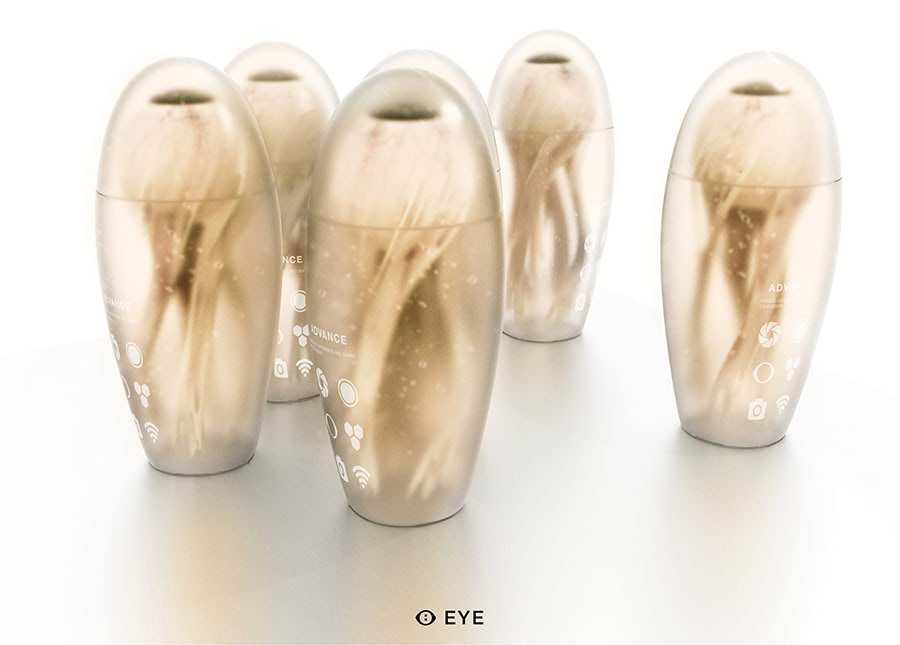Nowadays 3D printing is increasingly used for medical purposes and body upgrades to design devices, implants, and a variety of customized prosthetics, from a 3D printed face, to a skull, and even organs.
In the future we may look at the world with new - artificial, 3D printed - eyes. Italian research studio MHOX is working on EYE, a 3D bioprinted sight augmentation. The project envisions the removal of the natural visual system and its replacement with a digitally designed 3D printed one. The original retina would be replaced by a new artificial network, able to offer enhanced vision, WiFi connection and the possibility to record video and take pictures.
In the hope of curing blindness and healing conditions, giving better vision, the 3D printed eyes are expected to be available by 2027.
The eyeballs will be constructed with the use of a bio-ink that contains the cells required to replace those found in natural eyes. Once the original pair of eyes is surgically removed, researchers plan on connecting the 3D printed one to a deck inside the head, which would allow the eyes to be inserted.
“We envision that the link between the deck and the EYE will be based on attractive forces between the tissues more than mechanical joints” MHOX designer Filippo Nassetti explains. “To replace the EYE the user only has to put it in position inside the skull, and the tissues of the Deck and the EYE connect automatically”.
The team has proposed three models with different functions. EYE Heal, a solution for sight diseases and traumas; EYE Enhance, sight sharpening up to 15/10 and visual stream filtering; and EYE Advance, to record experience and share visions, with an augmented reality option. The last two types could also be combined with an ingested pill to offer different color tones and visual accentuation, or allow WiFi communication and the downloading of images to a device.
Besides the immense value for blind people, imagine the future possibilities for a truly virtual, augmented reality and the impact this could have on the way we interact with our surroundings.
Source: 3DPrint.com

Share your thoughts and join the technology debate!
Be the first to comment